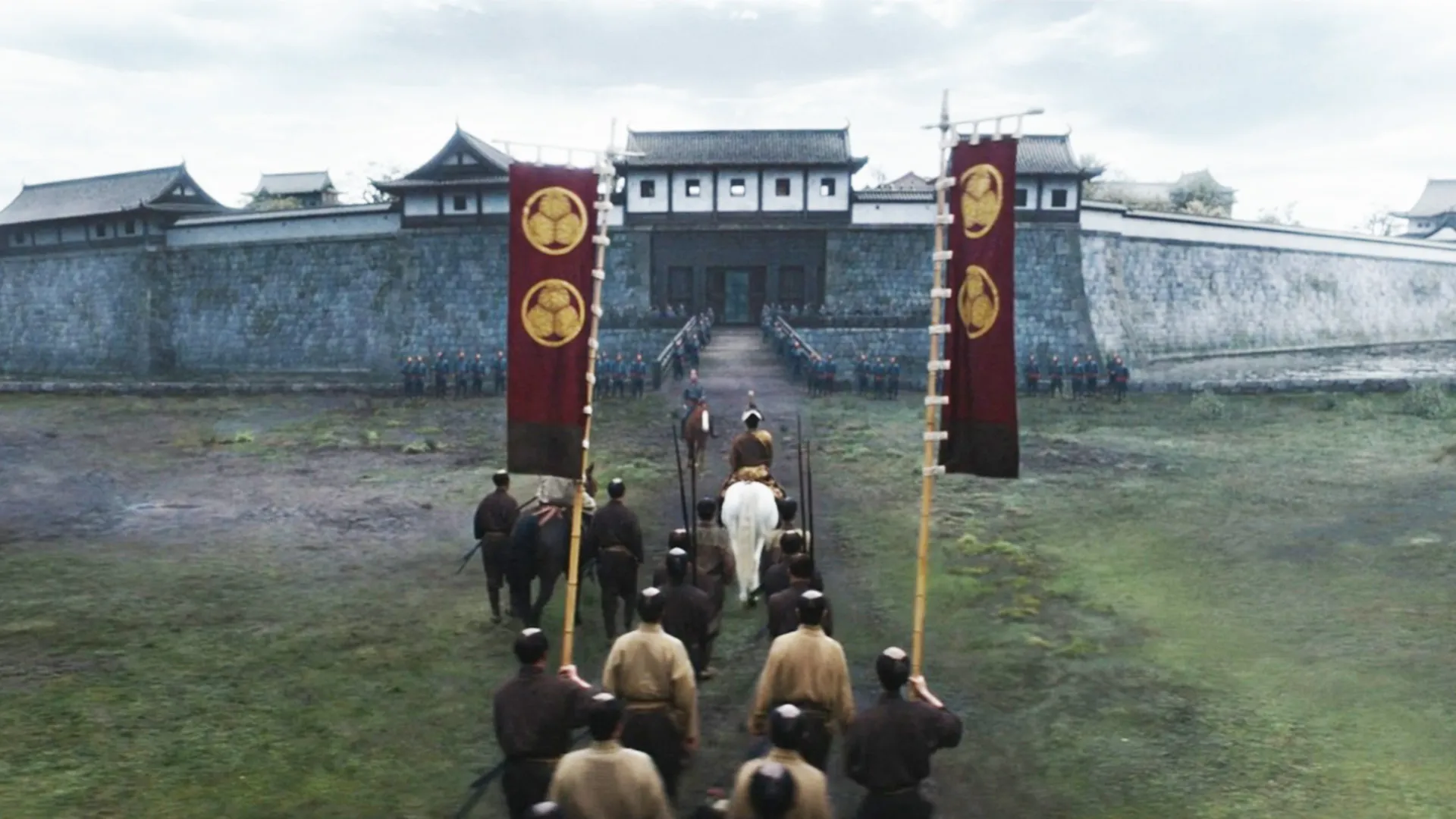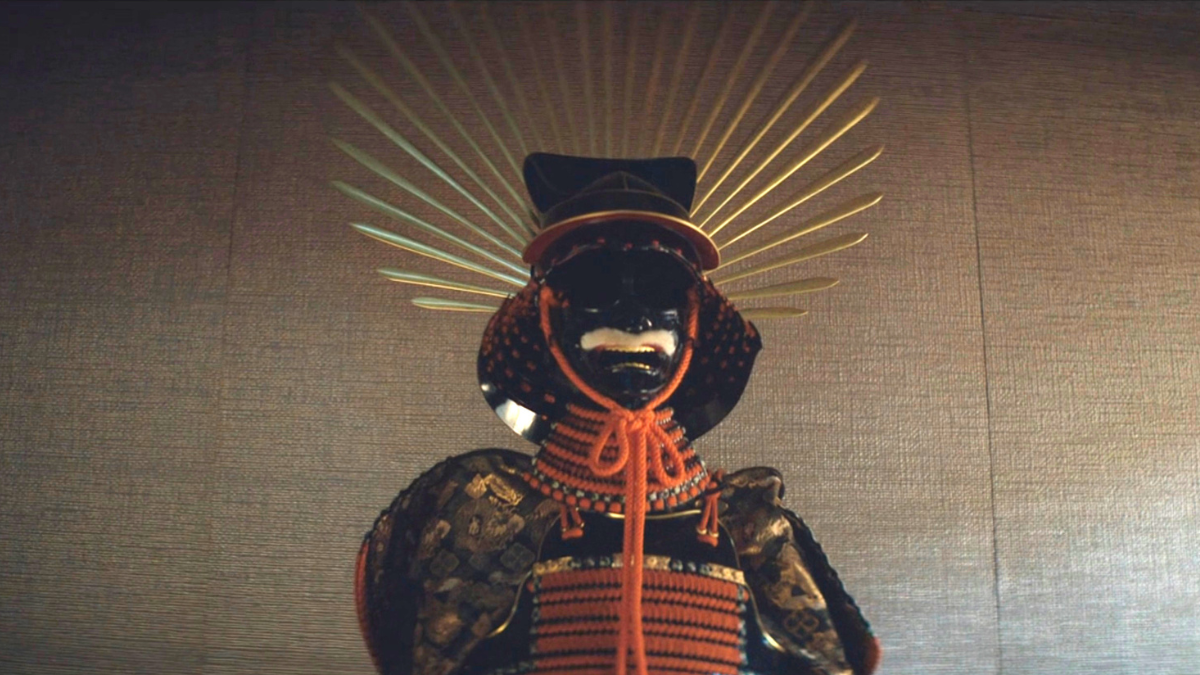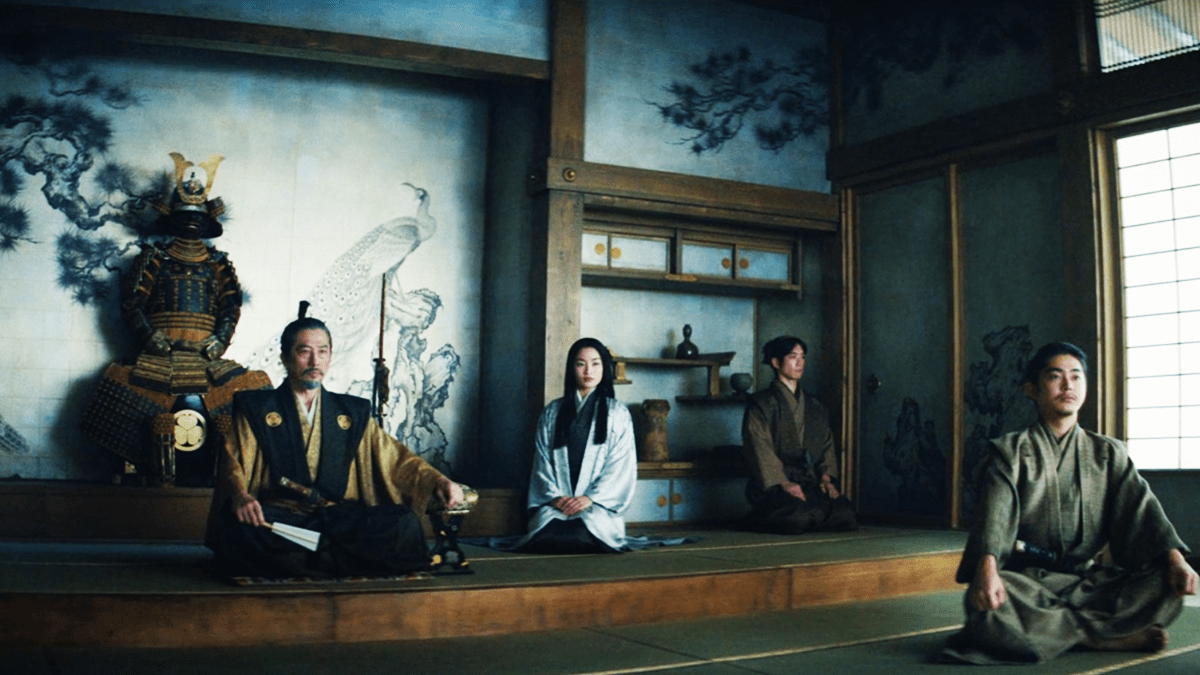FX’s historical drama Shōgun is fresh to streaming on Hulu, and with its debut, some Western viewers are at a loss. The series is based on a novel inspired by real Japanese history – though author James Clavell did take some creative liberties.
Shōgun’s story is set just after the death of the Taiko, and though his name was changed for the series, the title almost singularly applies to one man, Toyotomi Hideyoshi. Hideyoshi was an integral part of unifying Japan, and though he remains an important historical figure, the daimyo was never able to receive the title of Shogun for political reasons.
What is a Shōgun?

In short, a shōgun was a military dictator. The prestigious title was a significant part of Japanese history for centuries before the Shōgun superseded the emperor as the most powerful man in Japan. Those shōgun who mashalled military might to obtain the title were considered brilliant tacticians.
By setting up fiefs run by their vassals, the shōgun were able to control large areas of land, collect taxes, build armies, and install political allies to help them in court. The strategic maneuvering eventually stripped the Emperor of lands, dividing the Japanese countryside into small but powerful mini kingdoms with enough power to rival the diminishing Imperial Family.
By cultivating loyal followers with land and wealth of their own, a shōgun maintained power through strict social hierarchies. The first shōgun essentially gave the emperor no choice, all but assassinating him to become the de facto leader of Japan. The title was hereditary, and only 3 shōgunates were ever officially formed: The Kamakura, Ashikaga, and the Tokugawa Shōgunates.
For a more detailed write-up on what a shōgun was in Feudal Japan, we’ve got you covered.
What was the Taiko?

Before we answer that question, a little bit of background is needed. Taiko has several other names attached to it. Technically, Taiko was a title reserved for a retired regent, and long before the Taiko was gifted the title, it had several other names.
In the early days of Japan, only members of the Japanese Imperial Family could be regents. Regents, known as sesshō, acted as advisors to royals too young to rule. It wasn’t until the late 800s that the title was given to someone outside of the Imperial Family. In medieval Japan, birthright was everything, and though the title was gifted to those outside of the royal family, it couldn’t stay the same.
Rather than remain a sesshō, the title was changed to kampaku. The honorific was incredibly exclusive and only five families – who could trace their lineage to the original kampaku – were ever allowed to fill the role. That is, of course, until the Taiko Toyotomi Hideyoshi was given the title just before the events that Shōgun covers.
Toyotomi Hideyoshi was somewhat of an anomaly. Incredibly loyal to the first of the three unifiers, Hideyoshi was born of peasant parents. His father was a footsoldier with no ancestral samurai connection, meaning his meteoric rise was all but impossible.
Defying all odds, Hideyoshi proved to be invaluable to Oda Nobunaga, the first great unifier of the Sengoku era depicted in Shōgun. After serving under one of Oda’s rivals, Toyotomi allegedly stole a great sum of money from his first daimyo before escaping to join the Oda clan.
He proved to be invaluable to his new clan. A master builder and a brilliant tactician, Hideyoshi quickly gained Nobunaga’s favor, and was awarded titles and lands for his service. Together, the two defeated many rival daimyo, and though Nobunaga never took the title of shōgun, the chaos of the Sengoku period declined – but not for long.
Nobunaga was killed 24 years after their great partnership was established. The fragile peace was destroyed, and Hideyoshi swore to get revenge. After meeting his lord’s killer on the battlefield, Hideyoshi avenged Nobunaga, and officially took his power for himself. Despite his years of service, loyalty, and clear skill as a commander, Hideyoshi’s peasant birth made it impossible for him to truly wield his late lord’s power. Hideyoshi was named kampaku instead, and began his search to find the heir to Nobunaga’s empire.
He sided with one of Nobunaga’s sons and grandson, while Tokugawa Ieyasu (who Shōgun’s main character, Yoshii Toranaga is based on) chose the other. After five years of conflict, Ieyasu and Hideyoshi formed an alliance, and within two years, the two daimyo had stomped out much of their competition. Shortly after, Hideyoshi’s family suffered heavy losses.
His only heir, his three-year-old son, died followed quickly by Hideyoshi’s brother. Naming his nephew as his heir, Hideyoshi resigned as kampaku, and took the title of Taiko.











Published: Mar 8, 2024 05:18 pm